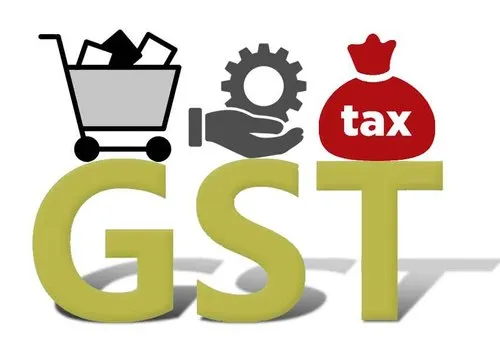
When businesses from different countries trade with each other, they often pay commissions to each other. These commissions are sometimes paid in foreign money. When this happens, it affects how taxes work under India’s Goods and Services Tax (GST) rules. Let’s take a closer look at how GST applies to commissions from foreign entities in foreign currency.
GST Treatment: Export vs. Import of Service
When an Indian entity receives a commission in foreign currency, it’s categorized as an export of service. Consequently, the Indian entity becomes liable to pay GST on the commission received. Conversely, when a commission is disbursed in foreign currency to a foreign entity, it qualifies as an import of service. In this scenario, the responsibility for GST payment shifts to the recipient under the reverse charge mechanism.
Understanding Reverse Charge Mechanism
The reverse charge mechanism flips the traditional tax payment structure. Instead of the supplier bearing the GST burden, the recipient shoulders the responsibility. In the case of commission payments made in foreign currency to foreign entities, the GST liability squarely falls on the recipient.
GST Calculation: Unraveling the Equation
Calculating GST on commission from foreign entities in foreign currency involves a straightforward equation:
GST = (Commission Received x GST Rate) / Conversion Rate
Here’s a breakdown of the components:
- Commission Received: This denotes the amount of commission received in foreign currency.
- GST Rate: As of current standards, the GST rate applicable stands at 18%.
- Conversion Rate: This signifies the exchange rate between the foreign currency and the Indian rupee.
Illustrative Example
Let’s consider a hypothetical scenario to illustrate this calculation:
Suppose an Indian company receives a commission of $10,000 in US dollars at an exchange rate of 75 INR/USD. The GST rate applicable is 18%.
Using the formula:
GST = ($10,000 x 18%) / 75 = $2,400 / 75 = ₹32,000
Thus, the GST payable on this commission amounts to ₹32,000.
Conclusion
Navigating the nuances of GST on commission from foreign entities in foreign currency demands a clear understanding of its classification as either an export or import of service. The reverse charge mechanism places the onus of GST payment on the recipient when commissions are disbursed to foreign entities. By employing the prescribed formula, businesses can accurately compute their GST obligations, ensuring compliance with regulatory requirements in cross-border transactions.
This article is only a knowledge-sharing initiative and is based on the Relevant Provisions as applicable and as per the information existing at the time of the preparation. In no event, RMPS & Co. or the Author or any other persons be liable for any direct and indirect result from this Article or any inadvertent omission of the provisions, update, etc if any.
Published on: March 2, 2024
